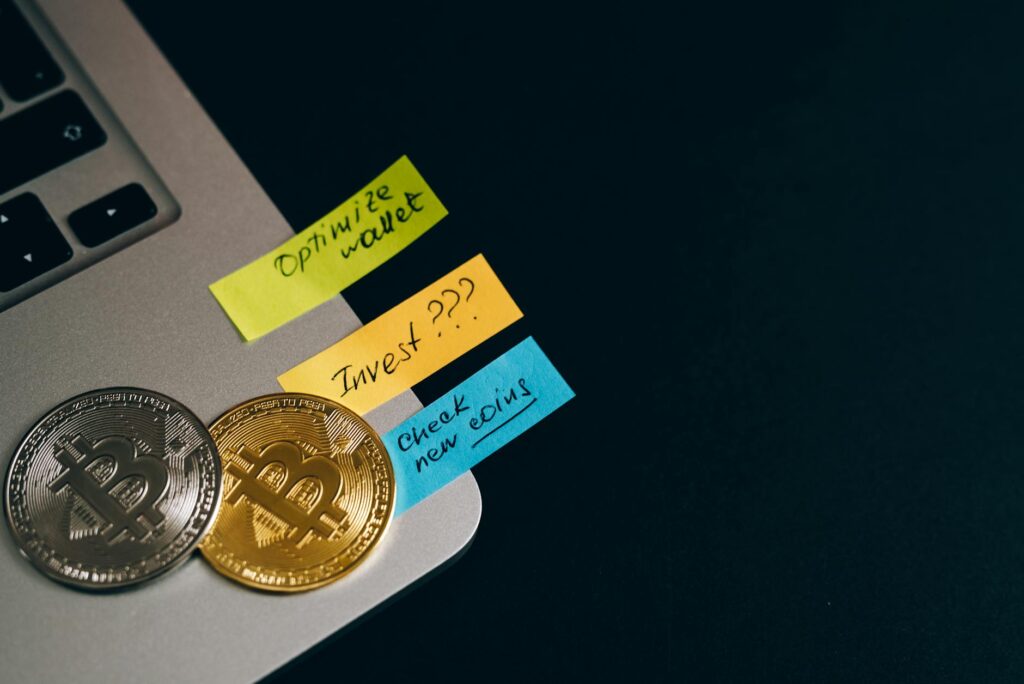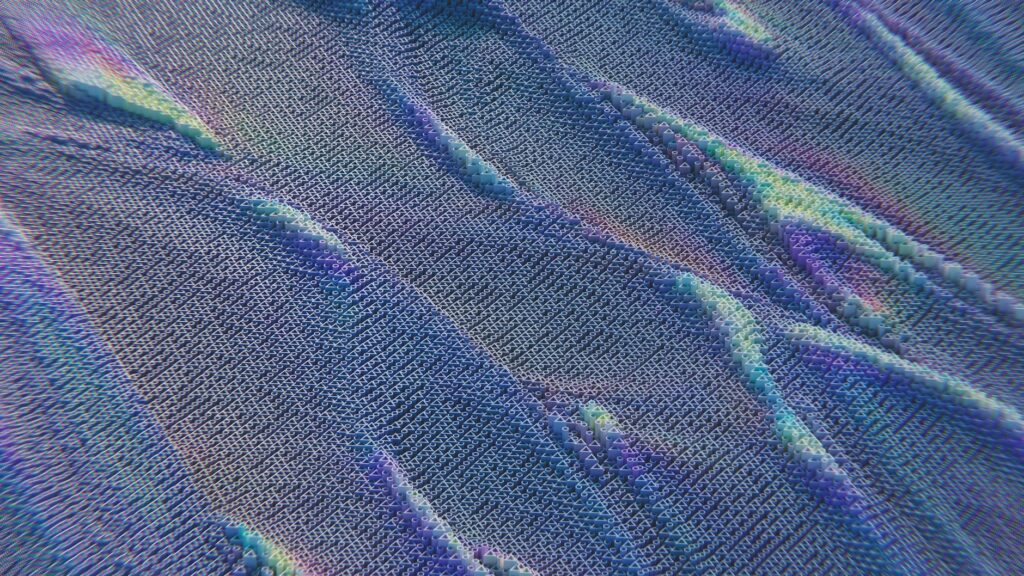How Artists and Musicians are Reclaiming Ownership with Web3 Technology
Let’s be honest. For decades, the term “starving artist” has been more of a reality than a cliché. You pour your soul into a song, a painting, a digital masterpiece, only to see it sliced and diced by intermediaries. Record labels, streaming giants, art galleries, publishers… they all take their cut. And it’s usually the biggest cut. You’re left with fractions of a penny per stream, a sliver of a gallery sale, and almost certainly nothing from secondary sales. It’s a system built for the distributor, not the creator. But what if there was a way to flip the script? What if technology could finally deliver on the promise of putting power back into the hands of the people making the art? That’s the powerful idea behind artists and musicians reclaiming ownership with Web3, and it’s not just a futuristic dream—it’s happening right now.
Key Takeaways
- Direct Connection: Web3 tools like NFTs allow creators to sell their work directly to their fans, bypassing traditional gatekeepers and keeping a much larger percentage of the revenue.
- Automated Royalties: Through smart contracts, artists can automatically receive a percentage of every future resale of their work on the secondary market—a revolutionary concept for most creatives.
- Provable Scarcity: Blockchain technology provides a transparent and immutable record of ownership, making digital art truly ownable and rare for the first time.
- Community Governance: Decentralized Autonomous Organizations (DAOs) empower fans to become active stakeholders, funding projects and sharing in the success of the artists they support.
First, Let’s Talk About the Broken Old Model
Before we dive into the nuts and bolts of Web3, we have to really sit with the problem it’s trying to solve. The frustration is real, and it’s universal across creative fields. Think about it.
If you’re a musician, you’ve felt the sting of a Spotify royalty statement. You get millions of streams, which sounds incredible, but it translates into an income that can’t even cover your rent. The platform, the label, the publisher, the distributor—they all get paid before you do. You’re the last in a long line for your own creation. You’re building a massive audience on platforms like Instagram or TikTok, but you don’t own that audience. A simple algorithm change can wipe out your reach overnight. It’s like building a mansion on rented land.
If you’re a visual artist, the gallery system can feel just as suffocating. You hand over your work, and they take a 40-60% commission on the sale. That’s half your revenue, just for wall space and a network. And what happens when the collector who bought your piece sells it a few years later for ten times the price? You see none of it. Not a dime. This lack of a secondary sales market for the original artist is one of the biggest financial drains in the art world.
This is the core of the Web2 world we’ve been living in. It’s a world of centralized platforms that own the data, control the distribution, and dictate the terms. Creators provide the value, but the platforms capture it.

Enter Web3: A Paradigm Shift for Creatives
So, what’s the alternative? This is where Web3 comes in. It’s a buzzword you’ve probably heard, often tangled up with confusing terms like crypto and blockchain. But let’s cut through the noise. At its heart, Web3 is an idea for a new version of the internet built on a simple, revolutionary principle: ownership.
So, What Exactly *Is* Web3? A Quick Primer.
Instead of data and platforms being controlled by a few massive companies (like Google, Meta, and Amazon), Web3 uses decentralized networks, primarily blockchain. Think of a blockchain as a shared, public, and unchangeable digital ledger. Every transaction, every piece of data, is recorded and verified by a global network of computers, not one single company. This means a few things:
- It’s transparent: Everyone can see the records.
- It’s secure: It’s nearly impossible to tamper with or change the data once it’s recorded.
- It’s permissionless: No single entity can stop you from using it or building on it.
This foundation of decentralization and user ownership is what makes everything else possible for creators.
NFTs: More Than Just JPEGs
This is probably the Web3 term you’ve heard the most about, and it’s often misunderstood. An NFT, or Non-Fungible Token, is not the artwork itself. It’s a unique digital certificate of ownership that is recorded on the blockchain. It’s the proof that you—and only you—own a specific digital (or even physical) item.
Think of it like the deed to a house. The deed isn’t the house, but it’s the legally recognized proof of who owns it. An NFT is the digital deed for your song, your painting, your photograph, your concert ticket, or your membership pass. It’s what makes a digital file, which can be endlessly copied, verifiably scarce and ownable. This single innovation solves the biggest problem digital artists have faced for decades.
Smart Contracts: The Automated Handshake
Here’s where it gets really magical. A smart contract is a piece of code that lives on the blockchain and automatically executes a set of instructions when certain conditions are met. It’s like a digital vending machine. You put in the money (the condition), and the machine automatically gives you the snack (the result). No cashier, no middleman, just code.
For an artist, this is a game-changer. You can program a smart contract into your NFT that says: “When this NFT is sold on any marketplace, automatically send 10% of the sale price back to the original creator’s digital wallet.” This process is automatic, transparent, and unstoppable. It’s the key to unlocking perpetual royalties.
Tangible Ways Artists are Reclaiming Ownership with Web3
This isn’t just theory. Artists are actively using these tools to build new, sustainable career paths that would have been unimaginable five years ago. Here’s how.
Direct-to-Fan Sales: Cutting Out the Middleman
NFT marketplaces like Foundation, Zora, and OpenSea are the new art galleries. Music platforms like Sound.xyz and Catalog are the new record labels. On these platforms, artists can “mint” their work as an NFT and sell it directly to their audience. Instead of the 50% commission for a gallery or the 99.9% value capture by a streaming service, artists are regularly keeping 90-95% of the primary sale price. This shift in revenue split is seismic. It means a single sale can provide the kind of income that would have previously required millions of streams or representation by a top-tier gallery.
Fractional Ownership: Making High-Value Art Accessible
What if you create a massive, high-value piece of art or own the master rights to a hit song? Not everyone can afford to buy it outright. With Web3, you can “fractionalize” it. This means you can create, say, 1,000 unique tokens tied to that single asset. Each token represents a small share of ownership. Suddenly, your fans aren’t just consumers; they’re investors. They can buy a small piece of your work, and if its value goes up, the value of their share goes up too. This aligns the incentives of the artist and the community. Everyone wants the art—and the artist—to succeed.
“For the first time, the digital world has a concept of provenance. We can trace the lineage of a piece of art back to its creator, and that creator can participate in the ongoing life of their work. It’s a total revolution in value attribution.”
Perpetual Royalties: Getting Paid for Every Resale
This is arguably the most powerful wealth-creation tool Web3 offers artists. As mentioned with smart contracts, every time your NFT is resold on a compatible secondary market—from one collector to another—you automatically get a cut. Imagine you sell a digital painting for $1,000. A year later, the collector sells it for $10,000. With a 10% royalty programmed in, you automatically receive $1,000 in your wallet. The next year, it sells for $50,000. You get $5,000. This creates a long-term revenue stream that follows your art’s journey, rewarding you as your reputation and the work’s value grows. For musicians, this can be applied to master rights. For visual artists, it’s a financial lifeline that never existed before.

Decentralized Autonomous Organizations (DAOs): Community-Led Creativity
This one sounds complex, but the idea is simple: it’s a group of people with a shared bank account and rules for how to spend it. A DAO is an online collective, governed by its members, often through ownership of a specific token. For creators, this opens up incredible possibilities.
An artist could form a DAO with their biggest fans. The DAO could raise funds to commission a huge new project. A group of musicians could form a DAO to collectively fund their next album, tour, or music video, with all members sharing in the profits. Pplpleasr, a digital artist, helped form PleasrDAO, a collective that started by buying her work and has now become a major investment fund for digital art. It’s a new model for a fan club—one where the fans are true partners and stakeholders.
Real-World Examples: It’s Already Happening
Don’t just take my word for it. Look at the pioneers who are already proving this model works.
The Visual Arts Revolution
The moment that put NFTs on the global stage was when digital artist Mike Winkelmann, known as Beeple, sold his piece “Everydays: The First 5000 Days” for $69 million at Christie’s auction house. It was a wake-up call. But beyond the headlines, countless independent artists are now making a full-time living selling their work directly. Artists like XCOPY, with his glitchy, dystopian aesthetic, and Emily “pplpleasr” Yang, whose intricate animations have built entire communities, have forged careers entirely outside the traditional art world, on their own terms.
Musicians Tuning into a New Frequency
The music industry is also seeing a groundswell of innovation. The DJ and producer 3LAU sold an NFT collection tied to his album *Ultraviolet* for $11.7 million, giving collectors access to unreleased music and special experiences. Independent artist Vérité has used NFTs to fund her albums directly from her fanbase, giving them a share of her streaming royalties in return. It’s a powerful exchange: fans get to invest in the music they love, and the artist gets the freedom to create without being beholden to a label. Even trailblazers like Imogen Heap were experimenting with blockchain for music years ago with her Mycelia project, envisioning a fair and transparent ecosystem for musicians.

The Hurdles and Headwinds: It’s Not All Smooth Sailing
It would be irresponsible to paint Web3 as a perfect utopia. There are very real challenges and risks that creators need to be aware of. It’s a new frontier, and new frontiers can be messy.
The Tech Barrier to Entry
Let’s be real: setting up a crypto wallet, understanding gas fees, and navigating minting platforms is not user-friendly yet. It requires a degree of technical literacy that can be intimidating for newcomers. The user experience needs to get a lot smoother for mass adoption to happen.
Market Volatility and Scams
The cryptocurrency market is notoriously volatile. The value of Ethereum, the primary currency for most NFT transactions, can swing wildly. This adds a layer of financial risk. Furthermore, the space is rife with scams, phishing attacks, and “rug pulls” (where developers abandon a project and run away with investors’ funds). Education and caution are paramount.
Environmental Concerns
The early criticism of NFTs and their environmental impact was valid. Blockchains like Bitcoin and, until recently, Ethereum used a system called Proof-of-Work, which was incredibly energy-intensive. However, the landscape has changed dramatically. In 2022, Ethereum completed “The Merge,” a massive upgrade that shifted its network to a Proof-of-Stake system. This change reduced its energy consumption by an estimated 99.95%. While not all blockchains are energy-efficient, the industry’s major players are actively moving in a much more sustainable direction.
Conclusion: The Future is in Your Hands
So, where does this leave us? Web3 is not a magic wand that will instantly solve every creator’s problems. It’s a set of powerful, neutral tools. And like any tool, its impact depends on who wields it and how. The technology is still in its early, awkward phase, much like the internet was in the mid-90s.
But the potential is undeniable. For the first time, we have the technological infrastructure to build a creator economy that is more equitable, transparent, and empowering. It offers a clear path for artists to build direct relationships with their communities, to capture the lifelong value of their work, and to define success on their own terms.
The shift from being a content provider for a platform to being a sovereign owner of your own creative enterprise is the most important opportunity available to artists and musicians today. Reclaiming ownership with Web3 isn’t just about a new revenue stream; it’s about reclaiming your career.


